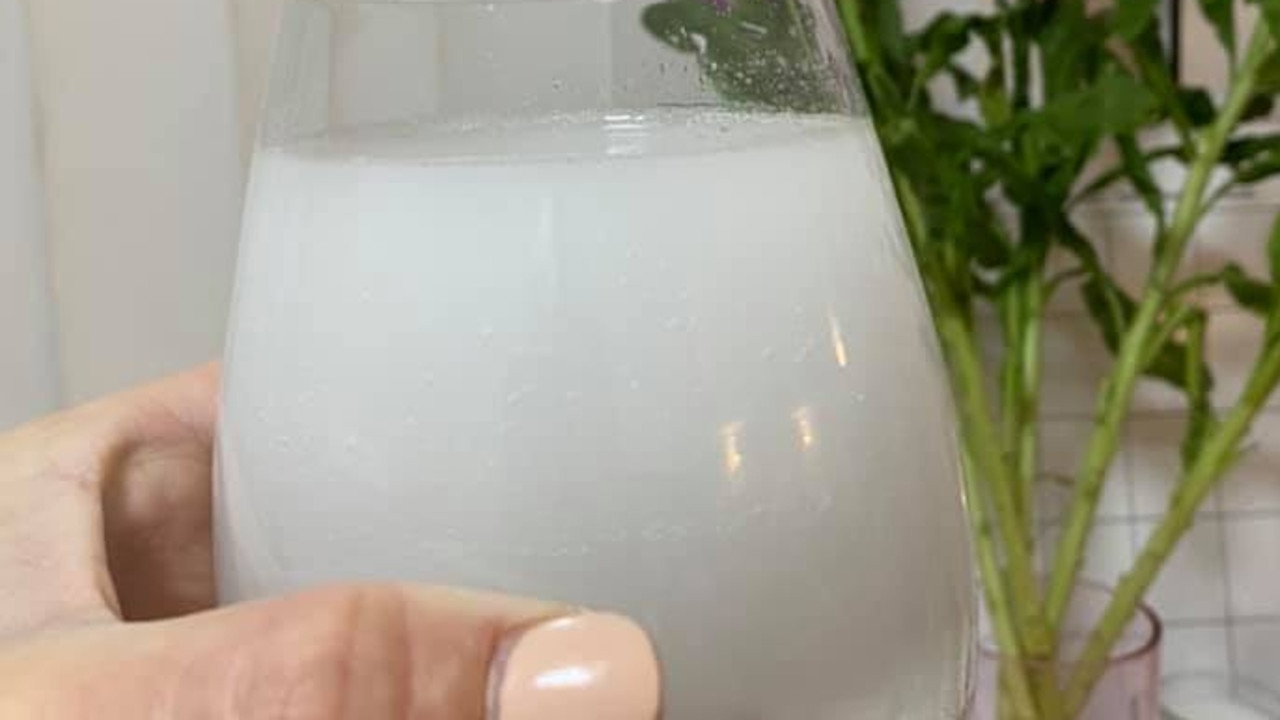Deadly E.coli levels up to 680 times higher at contaminated Coombabah Wetlands reserve
“Dangerously high levels” of E.coli up to 680 times higher than safe levels have allegedly been detected at the Coombabah Wetlands as residents beg for something to be done.
RESIDENTS are furious the Coombabah sewage treatment plant is continuing to overflow exposing residents and protected species to “potentially fatal faecal related illness”.
According to a recent report compiled by a resident using Council data, residents and visitors to the Coombabah Wetlands area have been exposed to dangerously high levels of E.coli and Enterococci up to 6800 per cent or 680 times above safe guidelines.
POLICE CRACKING DOWN ON THUGS HUNTING KANGAROOS WITH DOGS AT COOMBABAH WETLANDS

A detailed analysis revealed that since the last major upgrade was conducted by the previously elected Council in 2011, dangerously high levels of raw sewage containing unknown levels of prescription drugs, illicit drugs and other toxins has continuously spilt into the protected marine park designated fish habitat of the Coomera and Coombabah estuary.
THE GOLD COAST CATCHMENT ASSOCIATION ERADICATION PROGRAM TO STOP BABY CANE TOAD PLAGUE IN NORTHERN WETLANDS SUBURBS
But it is not only Coombabah residents and wildlife exposed to potential harm.
The raw sewage flows downstream from the Nerang catchment and throughout the lake, lodging in mangrove roots and flowing into canals and waterways.
The suburbs allegedly exposed include Helensvale (Monterey Keys), Hope Island, Sanctuary Cove, Coombabah, Paradise Point and the Sovereign Islands.
The potential exposure has been blamed on failed pumps which have allegedly caused waste to flow directly into the internationally protected catchment areas with banks severely eroded, boundary fences undermined, crab and fish kills sighted and reported by residents throughout the catchment.

Oxenford resident Steve Jeffery said the sewage infrastructure was under capacity, neglect and had a severe lack of Gold Coast City Council funding.
“Council blames heavy rains for the collapse of 91 sewage pump stations which lead to the contamination of homes, parks and playgrounds across the city, but two major downpours of 220mm 10 days apart, while not regular events are not unusual nor unexpected in Queensland,” he said.
In other news:
Poisonous pests overtake northern Coast suburbs
Pony Club supports Mayor’s bid to move again
Experts warning: ‘Designer dogs at risk’
“Competent risk management, capacity planning and responsible budgeting would normally take these events into account.”
He said Councillors had denied any sewage contamination or pump system failures.

“Contamination levels in our recreation waters is extreme, exposing each of us to potentially fatal faecal related illness,” he said.
“This has been covered up by Council for the past eight years and they certainly won’t be changing their habits any time soon.”
Mr Jeffery compiled a detailed report based on the Council’s own raw data revealing recreational water test results for the past 10 years show that residents have all been unwittingly exposed to E.coli/Enterococci levels up to 680 times (6800 per cent) safe limits.
Mr Jeffery said he was not a political or environmental activist but merely a local who is concerned for his “beautiful backyard” which he has watched it be destroyed by suspected dumping of dredge spoil from the boundary of the Serenity Cove estate opposite him.

“Our urgent pleas to Councillors and Council were ignored, until I finally brought Department of Environment and Science into it,” he said.
“Council then issued statements saying that they weren’t responsible, it is a State issue but they were assisting DES.
“They have also continually refused to complete soil core sample testing as originally offered and have also constantly refused to conduct comprehensive water quality testing since the event.”

In February, Cr Owen-Jones acknowledged the overflow in a Facebook post where he said “the City was aware of an overload on the sewerage network due to ongoing wet weather”.
In October last year, he signed off on a recommendation that will see the City moving forward with the design, development and construction of Coombabah Sewage Treatment Plant stage 6 Upgrade which will be completed by 2023/24 as part of capital works infrastructure to accommodate growth over the next twenty years.
A Gold Coast City Council spokeswoman said overloading of the City’s sewerage systems during February’s extreme wet weather event subsided shortly after the event.
“Works at Coombabah and Pimpama sewage treatment plants are components of scheduled expansion works to increase sewage treatment capacity to service our growing population in the City’s north,” she said.
“Regarding the claims of sewage flowing from the Coombabah treatment plant into adjacent areas, the City welcomes the opportunity to view any information from the resident and to speak with them regarding their concerns.”


